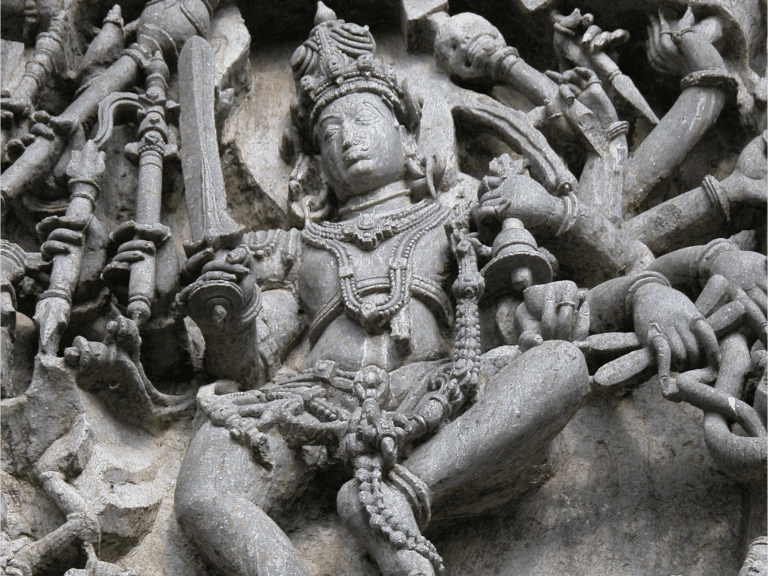The forms of suffering, or afflictions (kleshas), according to Patanjali, are ignorance, egotism, desire, aversion and fear of death. In stanza II.4 he points out that forms of suffering do not just occur in the fully active form but also in the so-called dormant, thinned and interrupted states when they are subliminal and we are often not conscious of being in their grip. When I was young I always believed that I was not afraid of death. Then one day I was in a life-threatening situation and this incredible fear of annihilation, completely unbeknownst to me, surfaced. It was only when this fear had become conscious that I was ready to do something about it.
I also used to think of myself as being completely incorruptible and looked at contempt at so-called corrupt people. Patanjali’s sutra made me realize that since I had never been in a position of power the appropriate stimulus to test my resilience against corruption had simply never been provided. I therefore could not call myself incorruptible.
II.4 Ignorance is the origin of the other afflictions, whether dormant, attenuated, interrupted or active.
Vyasa, the historical commentator on the Yoga Sutra, likens ignorance to a field that provides the breeding-ground for the other four afflictions, which are egoism, desire, repulsion and fear of death. These can occur in four different states: dormant, attenuated (thinned), interrupted and active. They are described to remind us that, just because we are not fully in the grip of an affliction, it doesn’t mean the affliction is not present.
Dormant state
For example, we may not be aware that fear of death is present in us, because we have never had to fear for our life. But if the appropriate stimulus – a life-threatening situation – is presented, the fear will surface. Thus the affliction, fear of death, was in the dormant state. A dormant affliction will awaken once its object is presented. If the affliction does not surface at all, even in a life-threatening situation, it is not present, even in a dormant form.
Attenuated (thinned) state
If for example we are in a life-threatening situation and we react relatively calmly because, through study of the Bhagavad Gita, we have understood that we are not the body, but rather that which cannot be burned by fire, drowned by water, pierced by thorns or cut by blades, the affliction is said to be attenuated or thinned by Kriya Yoga – in this case through the second aspect of Kriya Yoga, which is svadhyaya, the study of sacred scripture.
Interrupted state
If an even stronger affliction cancels out a present affliction, that affliction is said to be interrupted. For example, let us say we are committing a bank robbery, and so eager to get our hands on a bag full of dollars that we have no fear of getting harmed. In this case fear is interrupted by greed. It is not that fear is not present, but it is interrupted or suppressed by the stronger notion of greed or desire.
Active state
If the object is presented and we are fully in the grip of the affliction, it is called active. This is the only state in which we are aware of the affliction. It is important to realise this: it means that, from our total portfolio of afflictions, only about as much is visible as of the iceberg that sank the Titanic.
The Fifth State
There is a fifth state of affliction that Patanjali does not count because it occurs only in the yogi. Once the yogi has gained discriminative knowledge (the knowledge that one is not the appearances, but the consciousness in which they appear) then and only then the seeds of the afflictions cannot propagate any more. The seeds are then said to be roasted in the fire of knowledge, which destroys their potency to sprout. This roasted state is also called the fifth state, which is different from the dormant state of the affliction. If a suitable object is presented, the affliction will not arise.
This is a modified excerpt from my 2006 text Ashtanga Yoga Practice and Philosophy.

